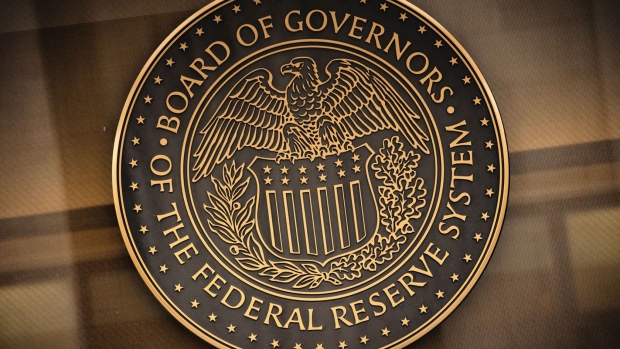Apr 17, 2024
Fed’s Beige Book Holds Clues to Predicting Downturn, Study Shows
, Bloomberg News

(Bloomberg) -- A trove of anecdotes on the economy gathered by the Federal Reserve over five decades may hold clues to predicting current US business cycle turning points, according to research published Tuesday.
“Heterogeneity in District-level economic sentiment can be used, over and above the information contained in national economic sentiment, to better forecast US recessions,” said the authors of a report on the Federal Reserve Bank of Cleveland’s website.
Using natural language processing, researchers at the Cleveland Fed and Washington University in St. Louis created indexes quantifying the sentiment expressed in the text of all editions of the Beige Book going back to its creation more than 50 years ago.
The study found that these summaries are more timely than gross domestic product in determining when the nation is in a recession. District-level sentiment was more useful, in particular in Chicago, Minneapolis, Philadelphia, Richmond, and San Francisco in predicting current US business cycle turning points.
The researchers tracked the sequences of words to gauge sentiment using machine-learning to “infer the meaning of language that might otherwise be ambiguous.”
They also found that since the pandemic, national economic sentiment has tended to paint a rosier picture than that experienced in many individual districts based on their model’s processing of the textual data.
The Beige Book has been published eight times a year since 1970, providing anecdotes and information on economic conditions from the 12 regional Fed banks as well as a national summary. It’s prepared by a designated Reserve Bank on a rotating basis and released about two weeks before each Federal Open Market Committee meeting.
©2024 Bloomberg L.P.